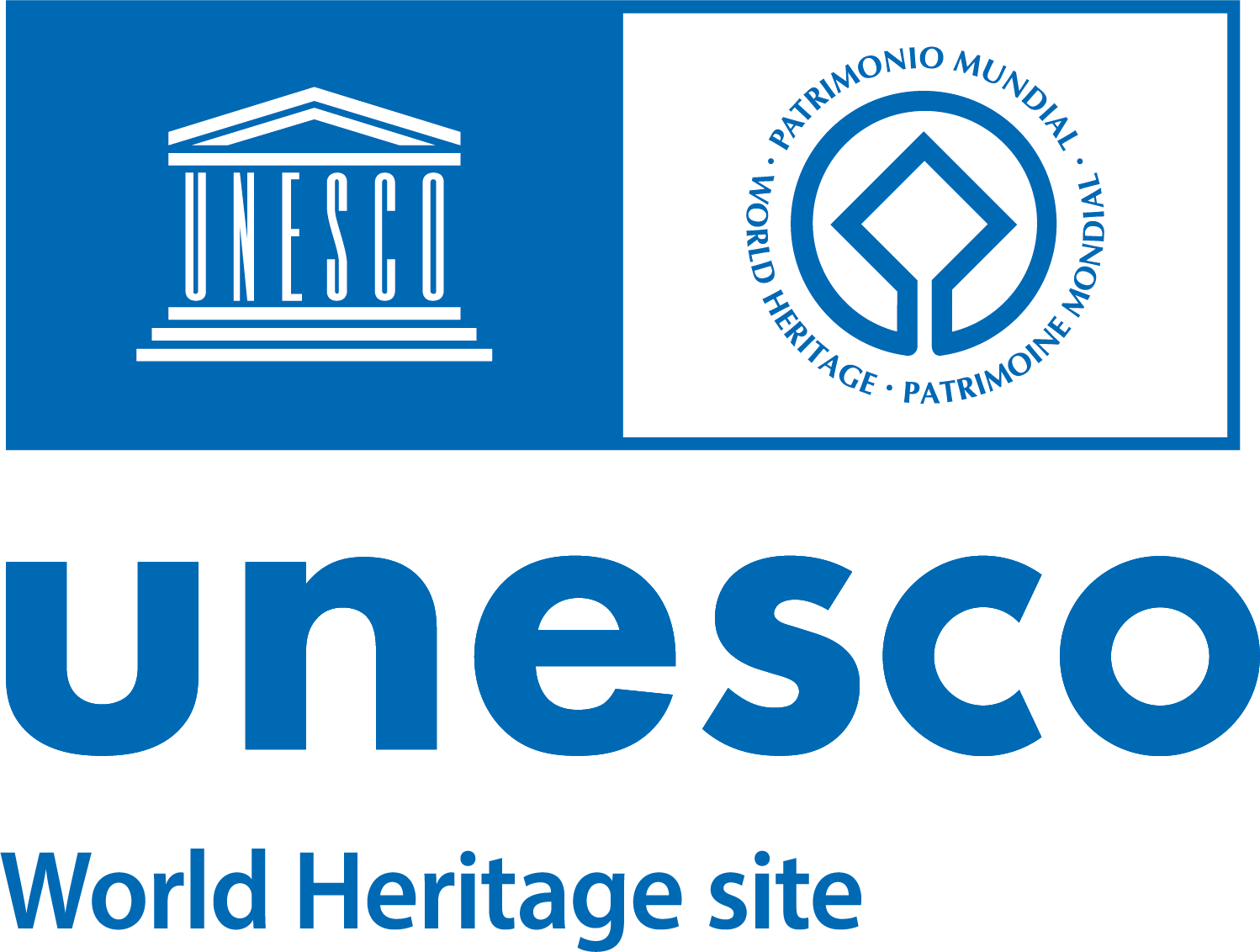PORTA AURELIA – SAN PANCRAZIO
Porta San Pancrazio is situated on the summit of the Janiculum Hill and replaced the ancient Porta Aurelia that was formerly in the perimeter of the Aurelian Walls, in a slightly different position compared to the present-day one. It owed its name to the Via Aurelia, which ran north-west to the Tyrrhenian Sea and then up into Liguria. In the 6th century the gate was already better known as Porta San Pancrazio, due to the proximity of the tomb of the Christian martyr Saint Pancras of Rome, to whom the basilica just outside the walls is dedicated.
The appearance of the Roman-age gate can be pieced together from iconographic sources pre-dating the middle of the 17th century. It is probable that it comprised a single archway, faced with blocks of travertine and flanked by two quadrangular towers, and that it also had a secondary, inner door.
When, by order of Pope Urban VII (1623–1644), city walls were built to defend the whole of the Janiculum Hill from the Vatican to Trastevere, the original gate was replaced by a new one with a travertine façade, positioned a bit further forward and at a slightly different angle. However, the new 17th-century gate did not fare any better than the ancient one, because it was demolished together with adjoining sections of the defensive walls by French cannon-fire during fighting for the Roman Republic in 1849.
After the war, Pope Pius IX immediately ordered the restoration of the damaged fortifications and the reconstruction of the gate, entrusting the task to the architect Virginio Vespignani. Inside were rooms for the garrison and for collecting customs dues.
This third structure is the one that can be seen today: an imposing, three-storey square construction inspired by the triumphal arch model. The inscription on the attic storey on the exterior façade commemorates events relating to the destruction of Urban VIII’s gate and the reconstruction by Pius IX, respectively represented by the Barberini and Mastai coats of arms. The gate was damaged again during the taking of Rome in 1870, when troops commanded by Nino Bixio entered the city.
The gate is now completely isolated: at the beginning of the 20th century, passages, initially closed by gates, were opened in the walls to facilitate traffic flow.
In 2011, to mark the 150th anniversary of the Unification of Italy, the Museo della Repubblica Romana e della memoria garibaldina was set up inside the monument.
https://www.museodellarepubblicaromana.it/









2. D. AMICI, K. F. H. WERNER, Porta San Pancrazio, 1849, etching.
3. G. CLETER, P. CACCHIATELLI, Porta San Pancrazio, c.1870, print.
4. F. CICCONETTI, View of the Janiculum Hill with Porta San Pancrazio and the Mostra dell’Acqua Paola, 1874 (before), watercolour on card.
5. R. LUCIGNANI, Porta S. Pancrazio, c.1860-1880, photographic print.
6. Porta San Pancrazio, interior elevation.
7. Porta San Pancrazio, exterior elevation.
8. Porta San Pancrazio, exterior elevation, detail, coat of arms of Urban VIII.
9. Porta San Pancrazio, exterior elevation, detail, coat of arms of Pius IX.


